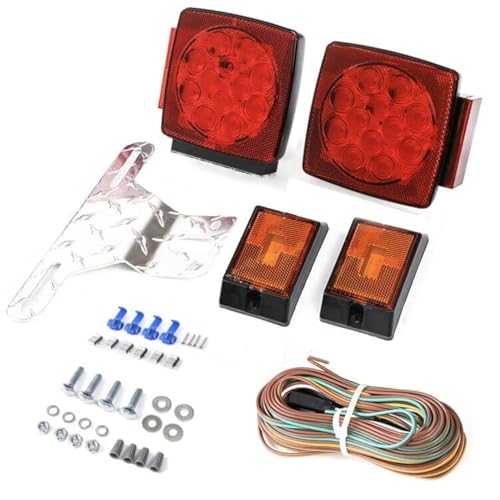- Joined
- May 15, 2010
- Messages
- 3,731
- Reaction score
- 422
- Location
- Central Florida
- LOCATION
- Lake County, Central Florida
satx78247 said:Piomarine,
SIERRA PARTS from your local NAPA AUTO PARTS store are about HALF the price & GOOD QUALITY. - Sierra sells every BIG TWIN part from circa 1955-75 other than the bare block & outer metal/plastic parts.
ImVho, avoid the overpriced "genuine" NOS parts unless you cannot find Sierra parts locally/by mail.
yours, tex
Sierra coils are notorious for not lining up on the mount bosses, The center laminates are also too far away from the flywheel magnets to produce spark at a low (cranking) RPM. After numerous complaints to them they still have not addressed the issue.
Sierra carb kits are incomplete. They lack several important parts including needle and seat plus floats in a lot of their kits.
Sierra water pump kits are also widely known for impellers that are too thick and also too thin, height wise. Also known for incorrect water tube grommet size which can be total destruction when they supply the ones with an inner diameter that is too large.
So far OEM parts do not have these issues for the most part.







































































